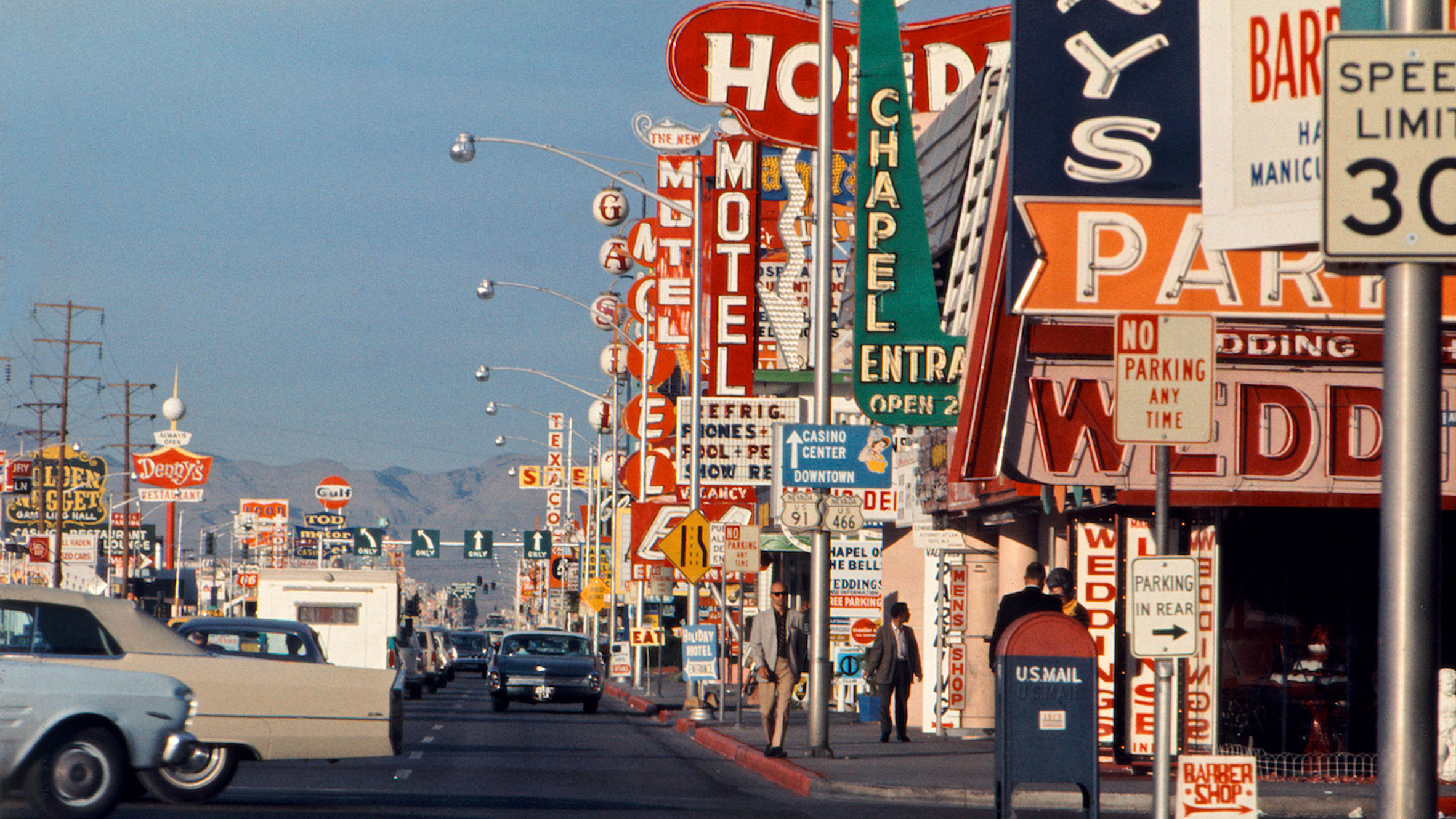
It is a treat to be invited into the homes of Phyllis Lambert, Blanche Lemco van Ginkel, Cornelia Hahn Oberlander and Denise Scott Brown, the four female architects whose lives are traced and celebrated in City Dreamers. As well as unveiling their idiosyncrasies, it satisfies that weird curiosity to peek at how architects design and inhabit their own homes.
For instance, huge trees frame and obscure Oberlander’s house, producing a secret out of the entrance. A replica of the rooftop from the iconic Unité d’Habitation in Marseille, once crafted into a 90th birthday cake, takes up the entirety of van Ginkel’s mantelpiece. Lambert stands up, physically alert throughout her interview. By contrast, Scott Brown meanders, leading the camera through clutter, pausing on memories. These minute and mundane details are captured with precision by Joseph Hillel, the director of City Dreamers, allowing the viewer a clear sense of the four architects' individuality.
We are also presented with snapshots of their professional achievements, pulled from their long and illustrious careers. The film serves as a review of their most lauded contributions to city-making. An array of photographs depicting the architects and their sites—the neon signage of Scott Brown’s Las Vegas contrasting with the historic grandeur of Montreal’s Greystone buildings at the centre of Lambert’s campaigns—are interspersed with interview footage. These reflections settle the focus of the hour and twenty-one minutes firmly on recollection.
Passing mentions of one of the four figures by another hints at relationships that may or may not exist between them, but tantalisingly this is not explored further. Instead, gender inequality provides the connecting thread through their stories. They each describe making their way in a male-dominated profession, laughing at their own naivety, and making sense of how their achievements have been dismissed. Despite their frustration, the tone is optimistic.
The documentary was released in 2018. Yet, commentary on the present situation for women in architecture is conspicuously absent. The controversy around the Pritzker Prize and the petition calling for Scott Brown to receive it retroactively earn a brief mention and although the upshot is implied, I am left to search the internet for the outcome. Given the considerable weight that the documentary places on their successes in the context of gender inequality, this lack of discussion in relation to the present feels unbalanced. Instead of probing the architects about how they are finding old age, a light-hearted query that ends up feeling too much like a criticism of their collective abilities, conversation could have been steered to canvass their thoughts on the present state of architecture, gendered and otherwise.
By virtue of the emphasis placed on achievement in the face of adversity, there is an implicit message for the future, but it is vague and avoids saying too much. Perhaps understandably given the scope of its task, covering the lives of four accomplished architects made obscure by decades of critical neglect, City Dreamers only scratches the surface of the relationship between gender and architecture.
This turn away from the present extends even to the everyday people who inhabit cities. Other people appear anonymously, traversing through clean, sleek cities in clips that break up the interview footage. Some of the most interesting moments occur when the focus shifts slightly, staging the voices of those who inhabit the places that the architects have designed. These moments are fleeting but they emerge because they are guided by the voices of the architects, the consistent centre of the documentary.
In one of these moments, Scott Brown muses on the urban planning lessons that she learned from communities on South Street, Philadelphia, during the campaign against the Crosstown Expressway. She articulates the difference in perspectives between herself and those who lived on the street. She saw beauty, but those who lived there saw buildings that were broken and out of date. Scott Brown sums up the lesson she learned: ‘people whose lives are involved are very good judges of what is good for them and what isn’t.’
Spotlighting the encounters between the architects and those inhabiting cities serves to sharpen the connections that the documentary weaves between the architects. City Dreamers finds a unifying aim in ‘a fundamentally human and inclusive city.’ Bringing other voices into the picture brings context to this aim and its impact on the architects’ life-long engagements with city-making. As a viewer with little knowledge of their careers, however, I would have appreciated more of this work in order to tighten the threads linking the architects.
For all its focus on the past, City Dreamers maintains a surprising relevance. Scott Brown’s simple critique of the planning industry is not a new lesson but reflects the steps being taken by the U.K. Government, which is currently reducing opportunities for participation in planning processes. So many of the same issues pervade our lives in cities today, with old problems appearing in new contexts. The documentary ends with Lambert leading discussion on the need for greener cities. The dream continues.
Photo credit: Denise Scott Brown